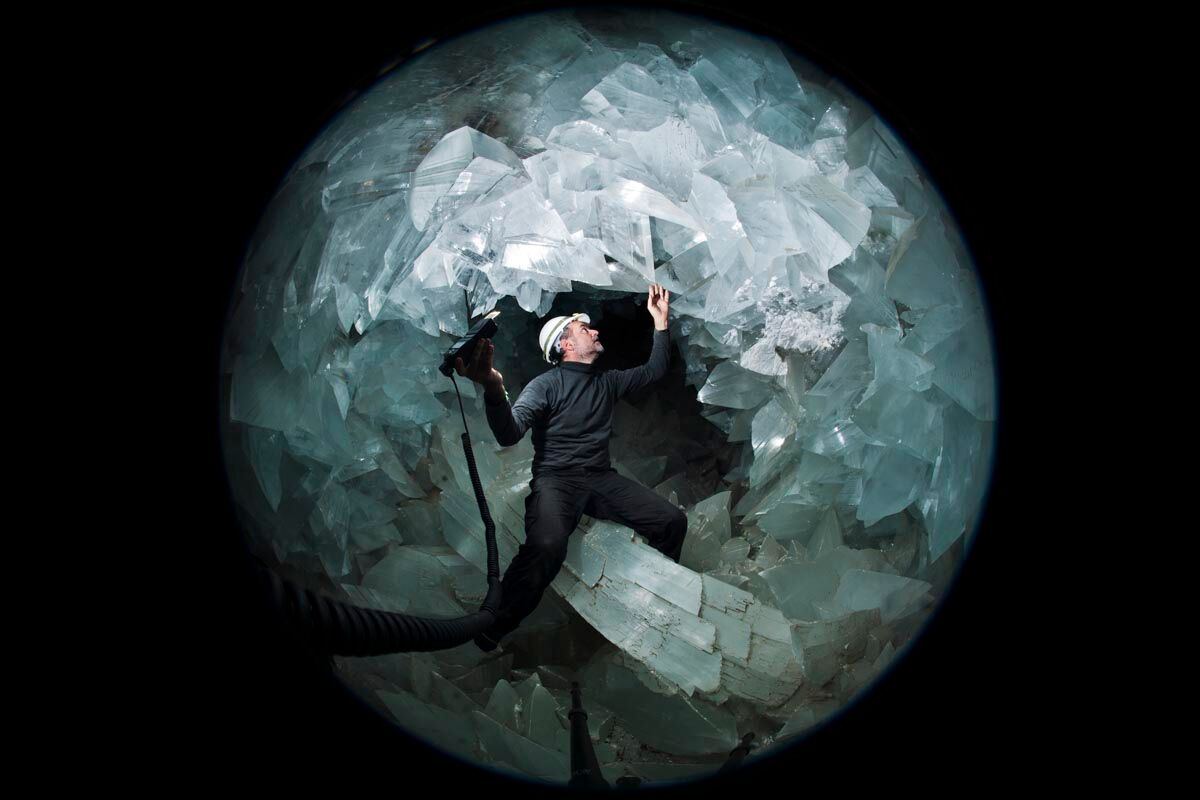When you buy through links on our website , we may earn an affiliate commission . Here ’s how it operate .
About three million year ago — at a time when climate conditions paralleled those of modern times — ocean level stand about 66 feet ( 20 meters ) higher , suggest fresh research .
The superlative of ancient sea level indicatesGreenlandand the westerly part of Antarctica had no ice sheets , and the massive glass sheet covering East Antarctica , the " big elephant in the room " , had also contributed , according to lead work researcher Kenneth Miller , a professor at Rutgers University .

Earth with a sea level rise of 6 meters (20 feet). Imagine a possible future rise of nearly 70 feet.
For decades , there has been controversy around what it takes to melt the East Antarctic Ice Sheet — which contains about 7.2 million cubic miles(30 million three-dimensional kilometers ) of ice , according to the British Antarctic Survey . This new research indicates that , about 3 million old age ago , some melting of this chalk sheet had happen .
" interpret howfast and how much the East Antarctic Ice Sheet can dissolve is really what we have find out most from our study , " Miller said , add that the results indicate sure parts this ice rag are more vulnerable than was think .
The estimate of 66 feet ( 20 m ) is significant because melt the ice now on Greenland would farm ocean levels 26.2 feet ( 8 meters ) , meld theWest AntarcticIce Sheet raise it another 5 time ( 16.4 feet ) . Since together these do n’t account for the divergence , weewee that is now frozen on the East Antarctic must have been fluent 3 million yr ago .

In this case , the past has relevance for the future . During the Pliocene Epoch , the status of sea levels 2.7 million to 3.2 million days ago , medium spheric ocean - Earth’s surface temperatures at the sentence have been forecast to be about 3.6 to 5.2 degrees Fahrenheit ( 2 to 3 arcdegree Celsius ) strong than today . In addition , atmospheric concentrations of carbon dioxide — the dominant greenhouse accelerator pedal — at the metre appear comparable to those valuate in 2011 .
Duringannual clime talks , external climate negotiators have set an unofficial destination of cutting ball-shaped glasshouse gas emission to a level that would limit global temperature increase this hundred to 3.6 degrees F ( 2 degrees C ) , although scientists believe this cap look progressively undoable . [ How 2 Degrees Will switch ground ]
Of course , ocean levels wo n’t reach Pliocene - levels overnight , or even by the death of the century , these results pop the question a jot at a distant future , according to Miller .

" This is order us a raft about what is going to happen eventually , finally meaning really more than 500 age ( from now ) , " he enunciate , adding that by 2100 sea point are gestate to increase by 2.6 to 3.3 feet ( 0.8 to 1 m ) .
Miller and fellow derive a more exact estimated of Pliocene sea horizontal surface than has been accomplished in the yesteryear by looking at sediment cores from Virginia , New Zealand and the Eniwetok Atoll in the northerly Pacific Ocean . They examined the pressures on top of the deposit laid down at this clock time , as well as chemical clues to environmental weather condition , including ratios of atomic number 8 isotope ( molecule of different weights ) . The ratio ofoxygen isotopeslaid down in deposit change with the mass of water locked in ice elsewhere on the planet .
ocean stage do n’t uprise in immediately with air temperatures because water system warm up more slowly and shabu takes time to meld . Melt water system is n’t the only contributor to ocean level rise ; water expands as it warm .

The study was published online Monday ( March 19 ) in the diary Geology .















